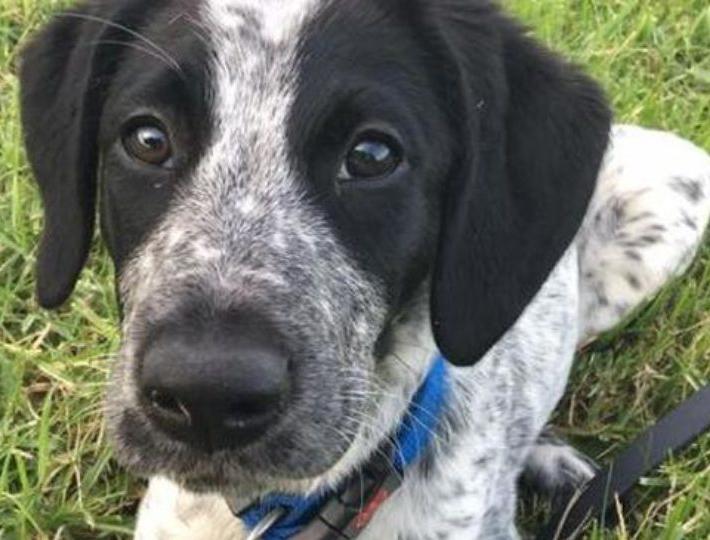Grizz the sniffer dog should never have been shot after escaping at Auckland Airport
If we didn’t prefer to use cheap and available dogs, we could have developed advanced technology to do these jobs that would put fewer humans and animals in danger


People around the world united in shock and disbelief yesterday after hearing the news that New Zealand police shot dead Grizz, a trainee bomb-detector puppy, who had wriggled out of his lead and ended up wandering onto the airport’s runway, presumably wanting to run and play.
According to reports, 16 flights were delayed before airport staff told police to shoot the young collie, causing many people to take to social media to express similar sentiments to the much-liked tweet: “Embarrassed to be a kiwi today. Killing a dog so flights can continue [at] Auckland Airport. No excuse! Disgusting.”
Others questioned why a bullet was fired rather than a tranquilliser dart. After all, airport workers and the dog’s handlers were chasing and coaxing him for three hours – plenty of time, it would seem, to find a solution that everyone, including Grizz, could have lived with.
Protecting dogs from being killed because of humans’ impatience is the least we can do for these eager to please, sentient animals. It’s worth noting that, unlike human officers, canine officers don’t choose to enlist in the security forces but still risk their lives for the community.
Working dogs’ lives have certainly improved over time – for example, efforts (by Peta US and others) led in 2000 to the passing of a US bill that finally allowed “retired” military working dogs to be adopted by their handlers and enjoy the rest of their lives “off duty”. Yet they’re still used in situations – such as bomb detection – which are highly dangerous, often when it is deemed too risky to send in a human.
And it’s worth remembering that this isn’t a choice between dogs’ and humans’ safety. When dogs are made to sniff for explosives, they’re often being used as cheap substitutes for sophisticated, innovative technology that intelligently protects the public without putting any living being in harm’s way. With today’s sophisticated tools there are better, more effective ways to protect humans without putting animals’ lives at risk. After all, this is the 21st century – the era of advanced robotics. If we can use drones in the air, we can surely use them on land.
As anyone who has ever had the pleasure of knowing a dog can attest, they’re loyal, loving, social animals. They don’t plant bombs, wage wars, or plan terrorist attacks – and they deserve better than to be put in the middle of human conflicts and then snuffed out for taking a little unscheduled (and perhaps needed) time out.
With a little ingenuity, systems can be developed to meet humans’ needs without recruiting and relying on animals. And it goes without saying that dogs should not be executed for running loose, just as it should go without saying that “man’s best friend” would be rather be out sniffing grass and lampposts than bombs.
Elisa Allen is the director of Peta UK

Join our commenting forum
Join thought-provoking conversations, follow other Independent readers and see their replies